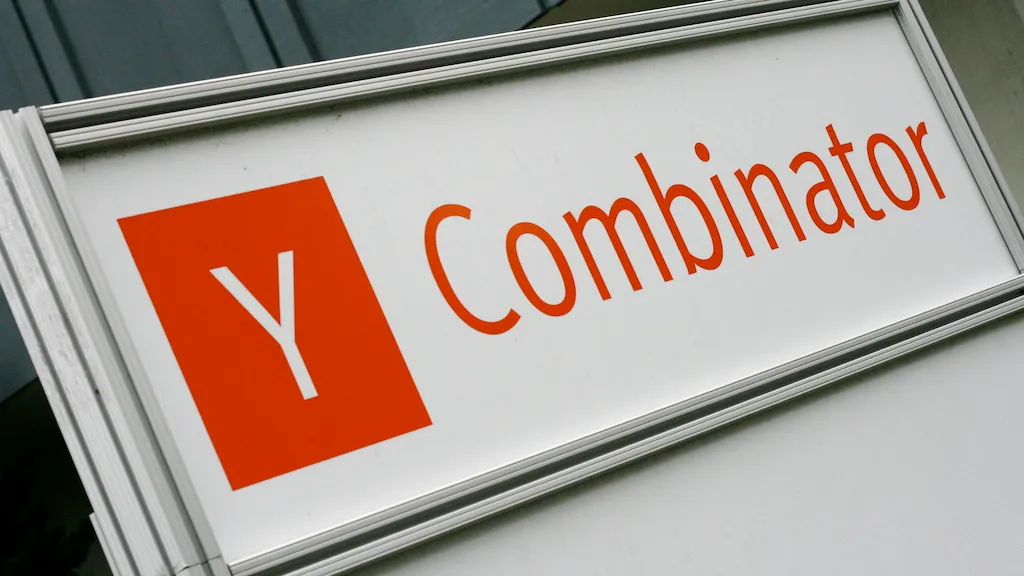Estimated reading time: 6 minutes
Key Takeaways
- The Y Combinator investor update template offers a concise, structured format trusted by early-stage startups.
- Its brevity is ideal for busy founders and investors, but sometimes omits useful context.
- Beginners find it easy to use, but advanced investors may desire more in-depth metrics.
- Modifying the template for your business’s current needs yields the best results—don’t be afraid to expand on key sections.
- Using this proven structure reduces anxiety and saves time when crafting investor communications.
Table of contents
Why Use an Investor Update Template?
*Hey everyone,*
*There is no need to reinvent the wheel or investor update structure when you can simply use a template from one of the world’s top VC experts, right?*
Investor updates aren’t just bureaucracy—they’re crucial bridges between founders and financial backers. But crafting them from scratch poses a challenge for many. That’s where structured, battle-tested templates come in.
“Using a template lets founders focus on what matters—driving the business—while keeping communication clear and actionable.”
The Y Combinator investor update template has become especially popular thanks to its proven effectiveness for fast-moving startups and iconic alumni like Airbnb, DoorDash, and Dropbox.
Y Combinator Template Overview
Here’s what the YC template usually looks like:
It’s been an awesome, but intense, [summer/fall/winter/spring]. Many things are tracking well, but there are some challenges we could use your help with (more below).
As always, I’ve included charts for our revenue growth, cash on hand, and burn rate.
KPIs
Revenue with Change %: X$, Y% MoM
Cash on Hand: X$
Burn Rate: X$
How You Can Help
We have some problems with [Product Initiative]. We are lacking experience in [X]. Can you recommend a [Mentor/Partner/etc.] to come in and help (this can be a paid coaching position)?
I have been approached by a VC who wants to potentially pre-empt a [Series X]. How do I best deal with this?
We have lost 2 important [customers/potential customers] due to [X]. Can any of you spare some time to talk through our positioning statements and sales process?
I am worried that [key competitor X] has just closed a [$X Round] (see here for more info), how shall we best deal with this (if at all)?
Quick Recap
A quick qualitative recap of how your month went. Be as quick and to the point as possible here. The point is to have your investors read the entire update and offer help.
In our opinion, this is an *exemplary* template, especially if you want an easy starting point. But, as you’ll see, there are areas that could be further enhanced.
What Works Well
- Brevity: The absence of filler keeps attention focused on KPIs and actionable requests.
- Highlights problems and asks directly—investors instantly know where help is required.
- Designed for founders just getting started: tracks only the essential financials (revenue, cash, burn).
- Easy to customize for your sector, business model, or unique investor needs.
- Provides a repeatable structure for regular updates, building a sense of momentum.
Potential Limitations
- Lacks historical context: The update doesn’t directly tie current challenges to previous business periods. For instance, if a failed campaign last month caused this month’s drop, that chain should be made explicit.
- Minimal metrics: Listing only three KPIs makes updates manageable, but investors often expect more data to understand the full picture (think 7–10 core metrics).
- Opportunity cost: Overly concise reports can mean follow-up questions and extra rounds of clarification with stakeholders.
- Opportunity for growth: Adding percentages (e.g., “customer loss = 4% of users”) increases clarity for investors.
Recommendations & Conclusion
Overall, the YC Investor Update Template is a fantastic starting point—especially for first-timers or founders worried about breaking the ice.
What’s our advice? Tweak it to match your situation. Include extra KPIs as your company—and stakeholder expectations—mature. Highlight not just what’s challenging, but what *caused* those challenges. If you missed targets, mention it directly, and connect it to last month’s numbers or events.
Most importantly, don’t be afraid to personalize the structure. Investor relations is, at its core, relationship-building, and clarity here earns trust.
“A template is only as good as its adaptation. Make it work for you by making it yours.”
— Nikita Blanc
Frequently Asked Questions
Monthly is best for most startups (especially in fast-changing periods), but quarterly is acceptable in more stable later stages.
Yes, especially as your company grows past seed or pre-seed stage. Include metrics relevant to your business model so investors see your full health.
There are guides on Y Combinator’s own blog as well as on reputable finance and startup ecosystems like NFX Signal and Sequoia Capital’s open source library.


